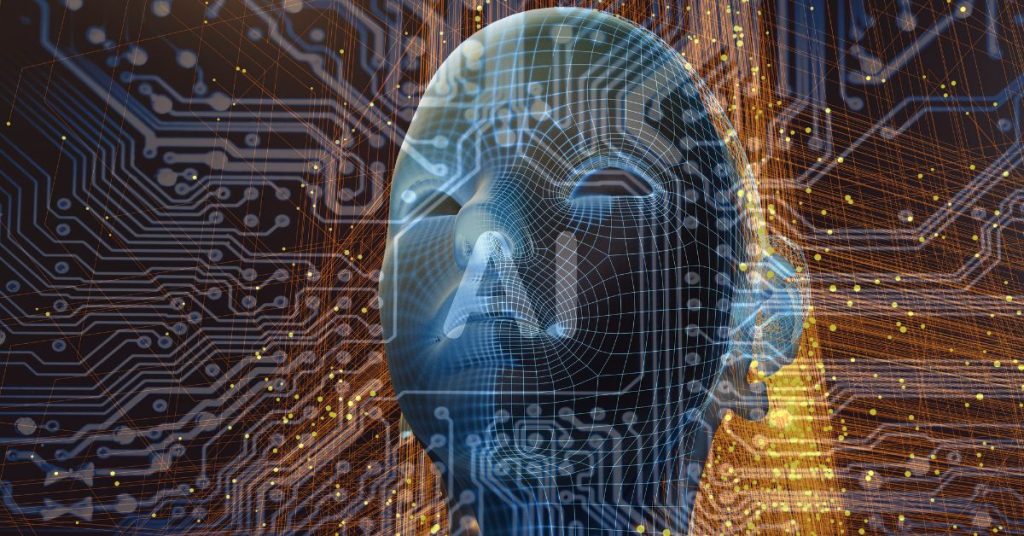
All You Need to Know About Deepfake AI
Deepfake AI refers to a type of artificial intelligence used to create hyper-realistic but artificially generated images, videos, or audio, typically by manipulating or synthesizing existing media. The term "deepfake" comes from "deep learning," a subset of AI that uses neural networks with multiple layers to learn patterns and generate convincing forgeries. These technologies can superimpose faces, mimic voices, and even create entirely fictional scenes that are nearly indistinguishable from real-life footage. While deepfake AI has potential applications in entertainment and creativity, it also raises significant ethical and security concerns, particularly related to misinformation, privacy invasion, and potential misuse in politics or social manipulation. As deepfake technology advances, understanding its capabilities, risks, and the ways to detect and combat it is becoming increasingly important.
What is Deepfake AI?
Deepfakes are synthetic media where an individual's likeness—such as their face, voice, or mannerisms—is manipulated or entirely fabricated using artificial intelligence (AI). The term "deepfake" is a portmanteau of "deep learning" and "fake," underscoring the technology's roots in AI-driven processes. Deepfake AI is primarily built on deep learning techniques, particularly generative adversarial networks (GANs), which can create highly realistic images, videos, and audio clips that are often indistinguishable from authentic recordings.

What is the Use of a Deepfake?
Deepfakes are synthetic media where a person's likeness is replaced with someone else's in video or audio, using deep learning algorithms. While deepfakes have several uses, they also come with significant ethical and societal concerns.
Positive Uses:
Entertainment: Movies and TV, Comedy and Parody
Education and Training: Historical Reenactments, Language Learning
Accessibility: Assistive Technologies,
Art and Creativity: Art Projects, Creative Media
Negative Uses:
Misinformation: Fake News, Political Manipulation
Cybersecurity Threats: Fraud and Scams, Identity Theft
Privacy Violations: Non-consensual Pornography, Harassment
Social Trust Erosion: Distrust in Media
Legal and Ethical Considerations: The rise of deepfakes has prompted discussions about the need for regulations to prevent misuse. Legal frameworks are being developed in various countries to address the ethical implications of deepfakes, particularly around issues of consent, privacy, and misinformation.
While deepfakes have potential for creative and beneficial uses, their capacity for harm—particularly in the realms of misinformation, privacy violations, and social trust—raises significant ethical and regulatory challenges.
How Can You Spot a Deepfake?
Spotting a deepfake can be challenging, especially as the technology improves. However, there are some telltale signs to look for:
Inconsistent facial movements: Pay attention to unnatural blinking, facial expressions, or lip-syncing.
Lighting mismatches: Look for inconsistencies in lighting and shadows, which may not align with the rest of the scene.
Oddly smooth or overly exaggerated features: Deepfakes sometimes have unrealistic smoothness or odd distortions.
Background irregularities: Look for inconsistencies between the person and their surroundings, such as blurred edges or mismatched backgrounds.
In addition to manual inspection, there are also AI tools designed to detect deepfakes by analyzing video and audio for inconsistencies.
How to Combat Deepfakes with Technology?
Combatting deepfakes requires a combination of technological tools and awareness. Some of the methods include:
Deepfake detection algorithms: AI-driven detection tools can analyze videos and images for signs of manipulation.
Blockchain technology: Using blockchain to track and verify the authenticity of media content can help ensure its legitimacy.
Watermarking and digital signatures: Embedding digital signatures or watermarks in original content can help prove authenticity.
Public awareness: Educating people about the existence of deepfakes and how to spot them is crucial in reducing their impact.
Using AI Sensibly
As AI continues to advance, it’s important to use this technology responsibly. While deepfakes can be a powerful tool for creativity and innovation, they also carry significant risks. Promoting ethical AI use and developing regulations that address the misuse of deepfake technology is essential to protect individuals and society.
Comments (0)